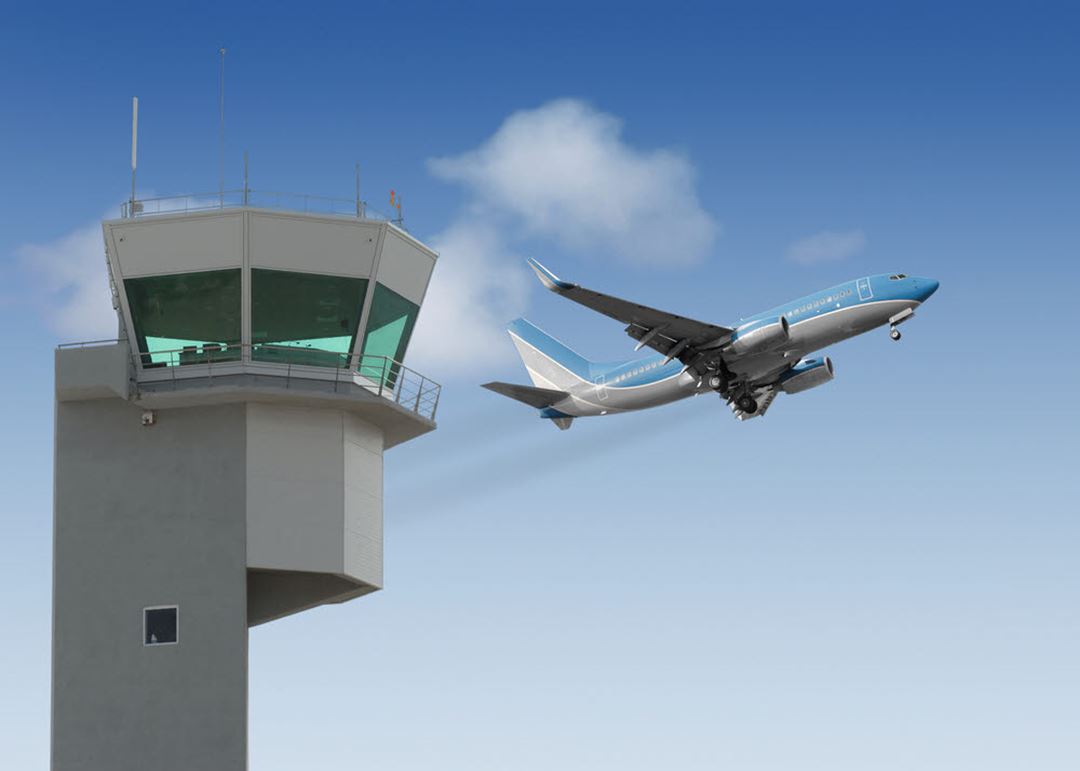Frequentis – an Austrian company, and SINTEF – a Norwegian research institute, have won pan-European funding to investigate whether productivity in airport tower control rooms can be improved via approaches that have revolutionised other industries, such as car factories and banks.
|
"lt's time to reconsider Human Factors as being not just a matter of minimising human errors but optimising productivity of complex socio-technical systems. We have to learn what control rooms are producing in order to optimise their productivity." Theodor Zeh, Director, Human Factors, Frequentis, AG |
Frequentis is a leading global supplier of communication and information solutions for safety-critical applications.
SINTEF is the largest independent research organisation in Scandinavia.
Together, they will find out whether it is possible to apply best practices from productivity improvement in air traffic control rooms without sacrificing safety.
More efficient, greener and safer air traffic
Their investigation is part of a research project called Zero Failure Management at Maximum Productivity in Safety Critical Control Rooms (ZeFMaP).
This project is a result of Europe's desire to make air traffic more efficient, greener and safer.
|
Bjørn Andersen, Research Manager, SINTEF Technology & Society, Industrial Management |
Over the past decade, approximately nine million passenger flights and 700 million passengers have used European airspace every year.
"To meet the expected growth in air transport and demand for increased efficiency and safety, there is a need for new thinking about Air Traffic Management (ATM) systems," says ZeFMaP project manager Amela Karahasanović.
ICT and Project Management
In this project specialists in information and communication technology and in project management will jointly investigate the productivity of tower control room.
Ideas from the project will be tested using real air traffic data from the Hamburg Airport tower control room.
|
Amela Karahasanović, Research Scientist, SINTEF Information and Communication Technology, Networked Systems and Services |
The Austrian-Norwegian project team will use productivity improvement tools and develop them further to meet ATM needs.
They will first chart existing processes, then identify bottlenecks and finally improve the process in the course of several iterations.
Simulator experiments
The effects of improvements in productivity will be tested in three experiments using the University of Salzburg's simulator and its remote simulation capabilities.
The experiments will be supported by system engineers and ATM experts from Frequentis and air traffic controllers from EUROCONTROL.
"We believe that the results of the project will be useful for improving ATM processes and for the development of automated tools for use in ATM control rooms," says Karahasanović.
The project is co-funded by the Single European Sky ATM Research Programme (SESAR). SESAR is developing the future ATM system that will meet future safety, capacity and efficiency requirements at European level.
By Svein Tønseth
FACTS
|
Project: |
Partners: |
Duration: |
Co-funding: |
Coordinator: |

